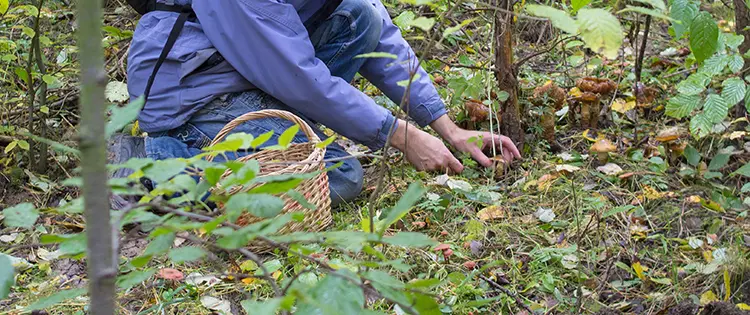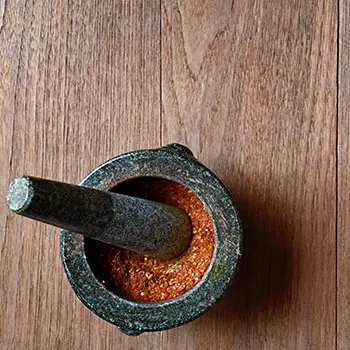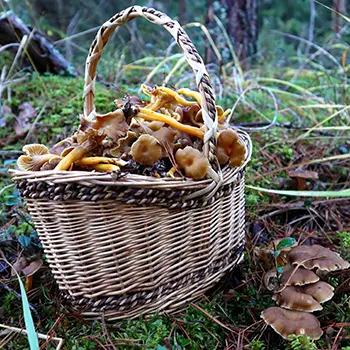Why build a Forager’s Toolkit? Well, as the world experiences further supply chain disruptions and food shortages, now is the perfect time to add foraging to your list of prepper skills. To help with that endeavor, here’s a guide to the essentials you need in your Forager’s Toolkit to effectively harvest the food around you.
Essentials To Build a Forager’s Toolkit
Hawkbill Knife
I understand that a blade is a blade. But there’s no denying that having the right tool for the job can make it easier. For myself, I’ve noticed that a hawkbill blade makes harvesting/foraging MUCH easier.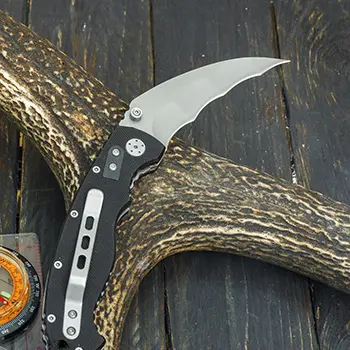
- Berry & Bird Hawkbill
- Klein Tools Hawkbill
- NAYE Folding Hawkbill
Karambit
I’ve also used a Karambit to a similar effect. Karambits are for agricultural work, so I look at using this blade – which is now widely considered a fighting knife – as simply allowing it to get back to its roots. Here are a few to consider:
- Canku Fixed Blade Knife
- Masalong Unicorn Karambit
Field Guides
When you build a foragers toolkit, you have to have field guides if you’re going to forage safely. I consider them an absolute necessity. You’re going to need more than one to verify that the plant in your hand is indeed what you think it is.
Mortar and Pestle
You will need to ground a large number of the plants and seeds you gather. Whether you’re making dandelion tea, a compress, or acorn flour, you’re going to need a heavy-duty and reliable way of beating the plant down into mush or powder. I’ve used a hammer and Ziploc bags to varying degrees of success in the past. However, a mortar and pestle is most certainly a more effective and convenient option. Here are some options to help you choose:
- Heavy Duty Granite Mortar and Pestle
- Unpolished Granite Mortar and Pestle
- Cole & Mason Granite Mortar and Pestle
Harvest Bag
I don’t think it truly matters which type of bag you take with you to forage. A plastic grocery bag will do and they are lightweight, virtually free, abundant, and take up minimal space. As I head out into the woods, I always keep 1-2 of these on my person – typically in a backpack. But, if you prefer to have a bag specifically made for this harvesting and collecting here are some recommendations:
- Barebones Harvesting and Gathering Bag
- Asenie Foraging Bag
- TYLSON Harvest, Forage and Fruit Picker Bag
- Jeereal Collapsible Canvas Foraging Pouch
Mushroom hunters typically prefer a wicker basket to spread spores further as they walk. Here are a few basket suggestions:
- Farmer’s Harvest Basket
- Hand Woven Willow Basket
- Berkley Rattan Creel
Learn How To Cook What You Harvest
Now you know the essentials needed to build a forager’s toolkit and you have learned to identify the edible and not edible. What’s next? Well, you will need to learn how to cook your wild edibles.
Food is all around you. You have to understand what it is, how to get it, and how to use it. If you do that, you can significantly diminish the risk of your family ever succumbing to starvation.
Get The Proper Training
I think books are fantastic. Still, there’s something to be said for having somebody else walk you through the process of “this is edible, this is not.” You will gain knowledge from training programs and confidence as well. If you’re afraid to eat the wild edibles you’ve just gathered – leaving them to rot in their bags – then you’ve not done much good, have you?
Tony Nester over at Ancient Pathways in Colorado/Arizona does an excellent job with this. But, a quick internet search will help you quickly find something that’s a tad closer to your location if need be. For example, Eat the Planet can help you find foraging tours, walks, groups, and classes in your state. FindaForager.com can help you, well, find a forager!
If there are foraging courses you highly recommend, please let us know about them in the comments below!
Will foraging help you live entirely off the land?
Maybe – if you are proficient in your knowledge base – but I don’t think so for the average Joe. While I’m not saying it’s an impossibility, I believe the number of Americans who could successfully live off the land 100% via harvest and gathering type of activities is minimal.
However, anything that helps you put food on your table is beneficial to you. Even if you go through the training, get the books, and only get four wild edibles, that’s still something. And, knowing about acorn flour, dandelions, chicory, and wild onions is most certainly better than not knowing about them at all. This knowledge will help you survive longer and with more comfort than the person who doesn’t know squat about foraging.
A Foraging We Will Go…
Foraging is something that takes practice, and it does take time to become proficient. If you are going to build a Forager’s Toolkit, what will you include in yours? What are your thoughts on foraging and the tools needed? Is there other equipment you would add to your Forager’s Toolkit? Let us know in the comments below!
This article was written by Aden Tate and first appeared on The Organic Prepper.
You may also like:
How To Make Your Knife As Sharp As The Devil Himself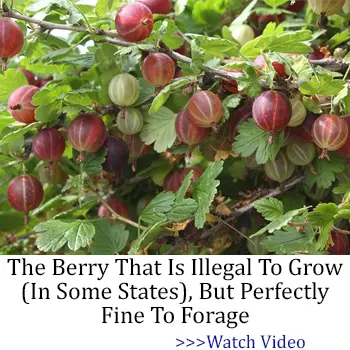
The Most Sought Out Plant in a Crisis (Video)
The Forager’s Guide To Wild Foods: Book Review
40 Uses For Sawdust Around Your Homestead
A Homesteader’s Guide to Biogas as an Alternative Fuel
Cheap Recipes To Keep You Well Fed In The Next Crisis

